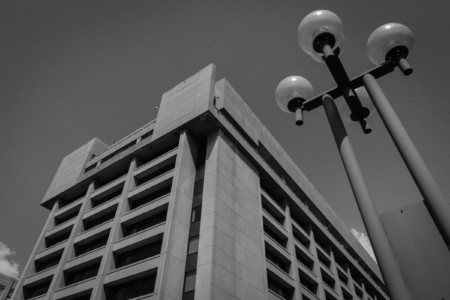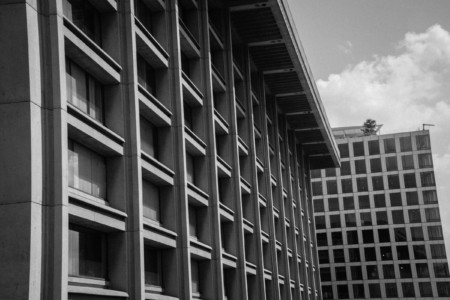It has one of the most confusing names ever coined. And Brutalism is also one of the most divisive forms of architecture ever invented.
CGTN’s Owen Fairclough reports.
But it’s enjoying a comeback as fans across the world try to preserve it.
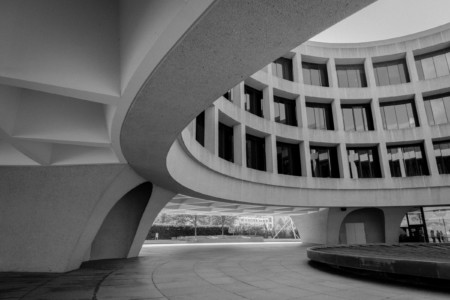

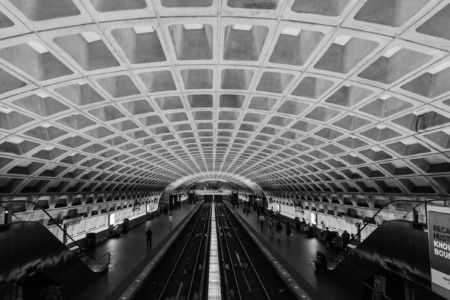
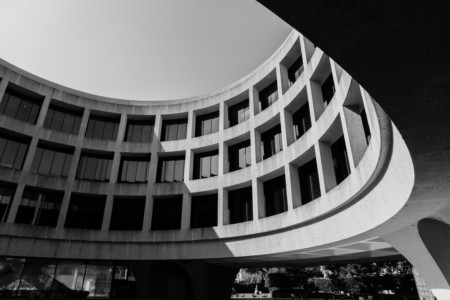
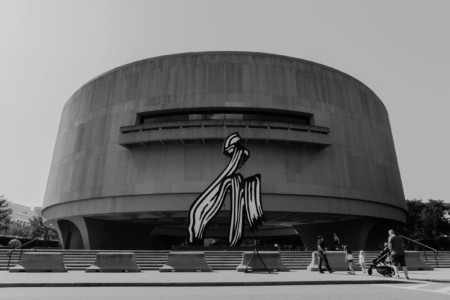
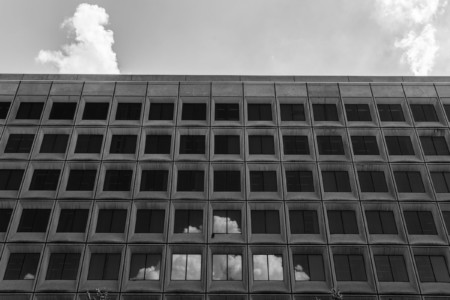
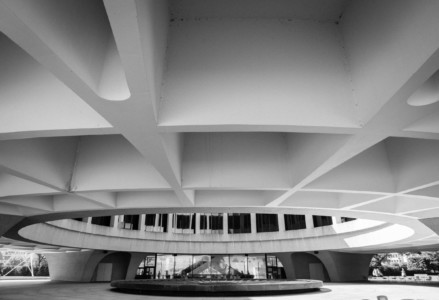
Washington, D.C. is the seat of the U.S. government – and an oasis of Brutalism.
Much of the U.S. federal government here was built in the 1960s during Brutalism’s heyday.
But Brutalism made its mark everywhere – even underground.
Metro passengers immerse themselves in Brutalism every day as the trains through stations with vaulted, waffle-style ceilings in the downtown area.
There’s no better guide for a Brutalism tour than Deane Madsen.
He created the Brutalist Map of Washington and meets me outside the Hirshhorn Art Museum – the jewel in the crown for many Brutalism fans.
“There’s just so much of it here,” Deane says as we walk around the courtyard in the shadow of the building’s thick circular walls.
“And, I’m not sure everyone appreciates it.”
I love it, but – like many people, I suspect – can’t really explain why.
“I love Brutalism because of its textural aspects and the sort of raw materiality and expression of structure,” says Deane.
“And all those are all things that are on high display here at the Hirshhorn with deep recessed coffers 9 feet deep… the mass of the building elevated off the ground a good 14 feet on these concrete pillars . So that’s 50 thousand tonnes of concrete just suspended over this beautiful courtyard.”
And yet Brutalism is divisive.
The term, originating from the French ‘béton brut,’ or raw concrete – is confusing.
When we ask passers-by outside the Hirshhorn to definite Brutalism, one lady replies: “Brutalism? It’s being cruel to somebody.”
Another says: “Brutalism? When someone is beating on snore for person that cannot defend themselves.”
And that’s partly why Brutalism is under threat.
A Brutalist church near the White House was torn down in 2014 and replaced by the kind of office and retail development now ubiquitous across the downtown.
And speaking of the White House, Donald Trump has also waded into the Brutalism debate.
He reportedly supports demolishing the FBI headquarters.
Even a Brutalism-lover like Deane understands why.
“People look at the FBI building and see the agency that inhabits it that is secretive, and maybe clandestine, and the building certainly reinforces those notions of what the FBI does,” he adds.
It would cost far more to preserve the FBI building than build a new headquarters. And even if Brutalism is a piece of worldwide heritage, why is it worth keeping?
Deane again: “A lot of proponents of Brutalism refer to the style as heroic in nature that it’s something that was celebrating – an ethos, a spirit, an optimism – building a better future that is equally hard to reproduce these days.”
And this radical form of architecture continues to inspire.
Critically acclaimed punk band Idles summed up the post-austerity climate of their native Britain by naming their debut album…Brutalism.
 CGTN America
CGTN America
 Designed by Harry Weese in the mid-60s, the U.S. capital’s metro system is iconic for its Brutalist style. In 2014, the American Institute of Architects awarded D.C.’s metro its Twenty-five Year Award. (Photo credit: CGTN America/Sara Salman)
Designed by Harry Weese in the mid-60s, the U.S. capital’s metro system is iconic for its Brutalist style. In 2014, the American Institute of Architects awarded D.C.’s metro its Twenty-five Year Award. (Photo credit: CGTN America/Sara Salman)
